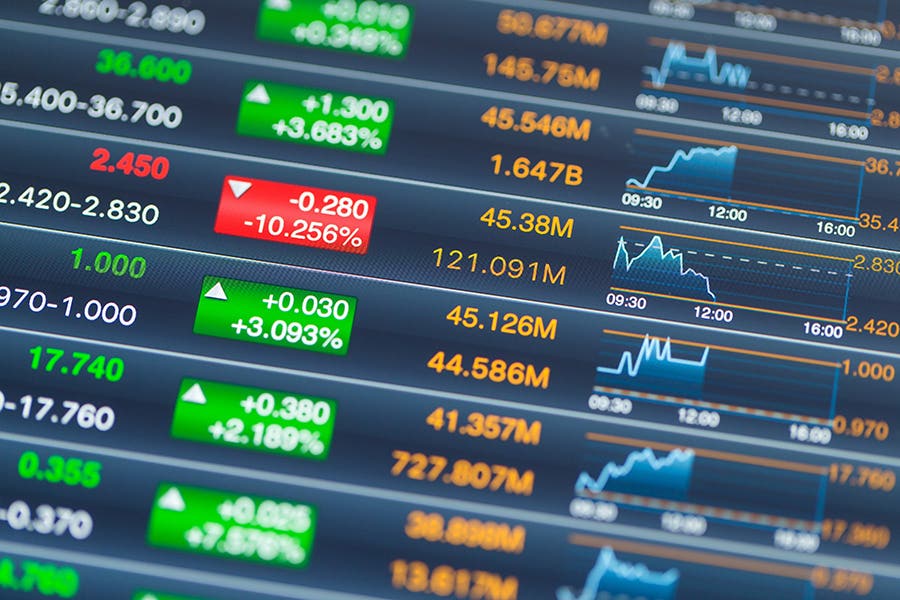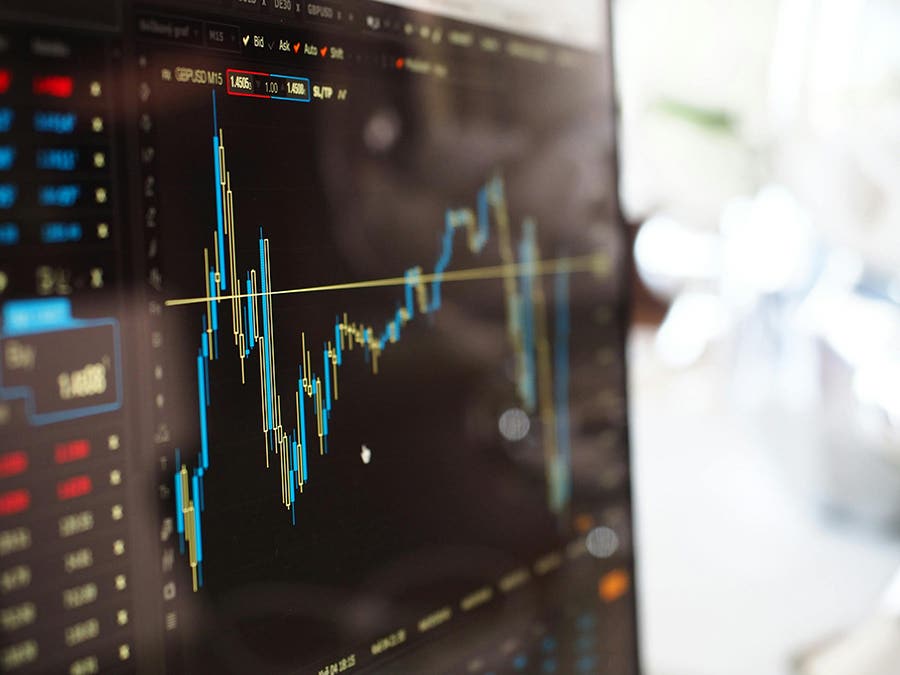Price Differences Between Physical and Paper Precious Metals Markets
Customers often ask me what will happen to the prices of bullion-priced physical precious metals if the spot prices soar or tank. The answers are not one-size-fits-all market scenarios. Generally,…
Customers often ask me what will happen to the prices of bullion-priced physical precious metals if the spot prices soar or tank. The answers are not one-size-fits-all market scenarios.
Generally, the prices of physical precious metals will tend to track those of the commodity futures markets for paper contracts. However, there have been multiple exceptions over the years. One significant factor in whether physical markets follow paper markets has been how fast prices have changed.
Gold and silver prices rose sharply toward the end of 1979 and peaked in January 1980. As the price of silver reached $50, so much physical silver was being liquidated and sent to refiners that the refineries were backlogged as much as six months to get around to processing newly arrived shipments. Although the “spot” month silver price may have peaked at $50, that was only for physical silver already in the bonded warehouses of the London Bullion Market Association or the New York COMEX available for immediate delivery. Silver that couldn’t be shipped to the COMEX warehouses until six months later was worth substantially less.
At the January 1980 peak, the company I would later own was buying physical silver for around $25 per ounce and selling it retail for about $35 per ounce. The retail selling price about matched the prices of the COMEX July 1980 silver contracts. So, in a market of soaring spot prices, don’t count on being able to sell your physical metals for the commodity spot market price unless you happen to own metal already in the LBMA or COMEX bonded warehouses. By March 1980, by the way, the silver price was back down to about $10.
Starting in July 1997, Warren Buffett’s Berkshire Hathaway Inc. purchased about 130 million ounces of silver commodity futures contracts, mostly maturing in March 1998. Normally, futures contracts are rolled over rather than called for delivery. Buffett surprised markets when he stated that he wanted to take physical delivery upon contract maturity.
This announcement led to the price of silver reaching a nine-year high by February 1998, rising from about $6 per ounce to over $7. The low premium forms of bullion-priced physical silver rose right along with the spot price. However, the high-premium U.S. silver Eagle dollars were largely unchanged in price – they could not be purchased close enough to the spot price for refiners to be able to convert them into the 1,000-ounce bars to deliver against Berkshire Hathaway’s contracts. Shortly before the delivery deadline, Berkshire Hathaway provided some breathing room to the market. My understanding is that the company accepted a cash payment of 50 cents per ounce of silver to grant a six-month delivery extension.
You also need to be careful about thinly traded precious metals. In late 2000 to early 2001, the price of palladium soared as vehicle manufacturers switched to using that previously inexpensive metal in place of the more expensive platinum in catalytic converters. The problem was that most new palladium supplies came from new mine output, a market heavily dominated by mines in Russia and South Africa. With few suppliers of sufficient quantities to meet the needs of vehicle manufacturers, the manufacturers agreed to exclusively source their palladium from these suppliers.
What that meant is that there was relatively little demand for other sources of palladium, including people who wanted to sell their coins and bars at these higher prices. As a result, those seeking to liquidate their holdings of palladium had to accept a price far lower than the commodity market spot price.
During the Great Recession, the price of platinum topped $2,000 for the first time in February 2008, gold surpassed $1,000 for the first time in the following month as silver jumped to more than $20 per ounce. As the recession crippled industrial production, precious metals prices tumbled. Platinum, almost exclusively used for industrial purposes, fell below $850 by November. Silver, with a higher industrial than investment demand, fell below $9.50. Gold, largely a monetary metal, still fell to a low of $715 by November. With low precious metals prices, investment demand soared, especially for silver. At the most extreme, delivery of 1-ounce silver rounds was projected as long at four months after payment. Premiums on bullion-priced physical silver products soared. Refiners saw little silver being liquidated and were forced to purchase silver commodity contracts for immediate delivery. They would then melt down the 1,000-ounce bars to fabricate into high-demand products. Anyone looking to liquidate physical silver at the time could collect a nice premium for their products.
At the end of 2019, gold was $1,519.50 and silver was $17.83. As the lock-downs imposed by government in response to the COVID pandemic shut down industrial production, prices faltered. Gold, which head been heading toward $1,700, fell to $1,470.75 on March 19, 2020. Silver fell an even greater percentage, bottoming out at $11.74 on March 18, 2020. Lower prices led to a surge in demand and higher premium levels that have mostly persisted to some degree ever since.
So, when people ask me if the prices of physical precious metals will correspond with changes in the commodity futures paper spot markets, I give them two alternatives. If the spot price changes are relatively slow and even, physical prices will stay close. If price changes are sudden and steep, don’t expect to see the prices for physical products match up.
Patrick A. Heller was honored as a 2019 FUN Numismatic Ambassador. He is also the recipient of the American Numismatic Association 2018 Glenn Smedley Memorial Service Award, 2017 Exemplary Service Award, 2012 Harry Forman National Dealer of the Year Award and 2008 Presidential Award. Over the years, he has also been honored by the Numismatic Literary Guild (including in 2021 for Best Investment Newsletter), Professional Numismatists Guild, Industry Council for Tangible Assets and the Michigan State Numismatic Society. He is the communications officer of Liberty Coin Service in Lansing, Mich., and writes Liberty’s Outlook, a monthly newsletter on rare coins and precious metals subjects. Past newsletter issues can be viewed at www.libertycoinservice.com. Some of his radio commentaries titled “Things You ‘Know’ That Just Aren’t So, And Important News You Need To Know” can be heard at 8:45 a.m. Wednesday and Friday mornings on 1320-AM WILS in Lansing (which streams live and becomes part of the audio archives posted at www.1320wils.com).








